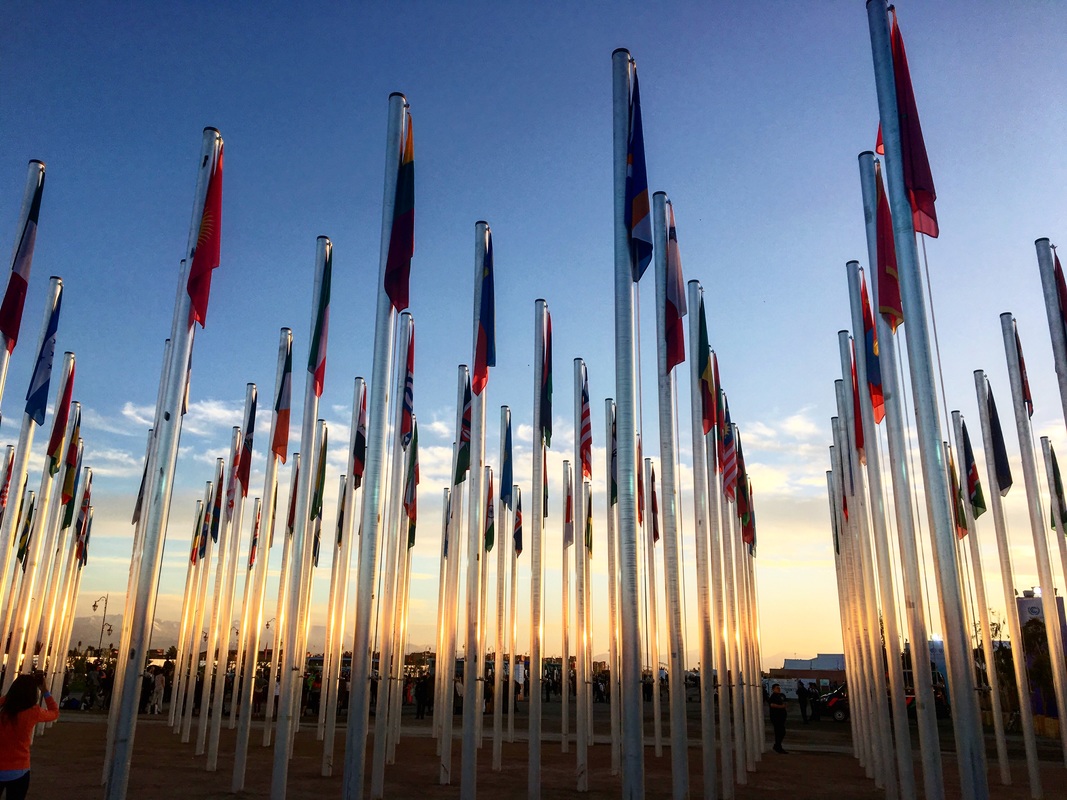Mandy Rambharos (Climate Change and Sustainable Development Manager at Eskom in South Africa) was one of the first people I heard at COP22 to speak pragmatically about climate change and sustainable development issues. South Africa generates over 80% of its electricity from coal. It doesn’t have water resources for hydro; it does have vast coal and uranium resources. The country is still developing and has a 45% unemployment rate. It needs cheap electricity to continue to develop but also realizes the very real threats of climate change. How can developing countries like South Africa manage the competing issues of sustainable development and climate change?
In the delusional policymaking world of COP22, Mandy is a breath of fresh air. She speaks pragmatically about the issues facing developing countries. It’s not just about climate change; it’s also about poverty, clean water, development, jobs, etc. South Africa needs low-carbon AND low-cost solutions for power generation. They are looking at nuclear energy and carbon capture and sequestration – both “unpopular” technologies, according to Mandy.
“Mandy Rambharos laid out a passionate pro-human vision for South Africa’s future. We need more climate change leaders like her.”
- Eric Meyer of Generation Atomic at COP22
The UN also has a set of Sustainable Development Goals, some of which are at odds with climate goals. How can we expect countries like South Africa to develop sustainably without access to cheap electricity? We need to use ALL available technologies to reduce the cost of clean energy. The UN and its member countries need to take leadership roles in advancing all low-carbon technology, including nuclear energy.
-Lenka Kollar


 RSS Feed
RSS Feed

